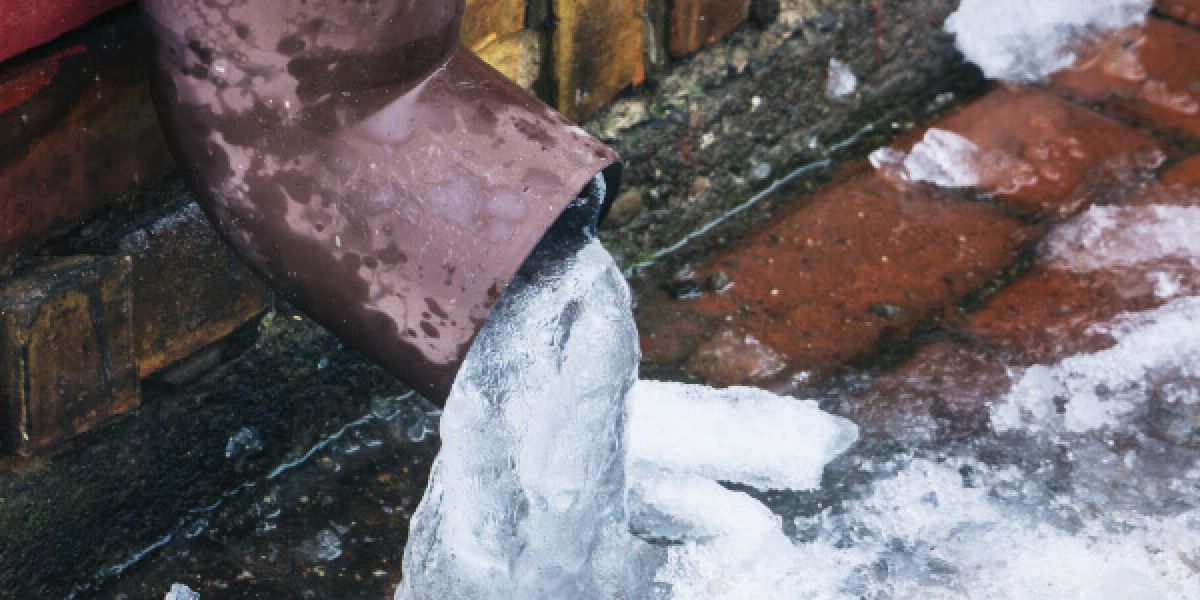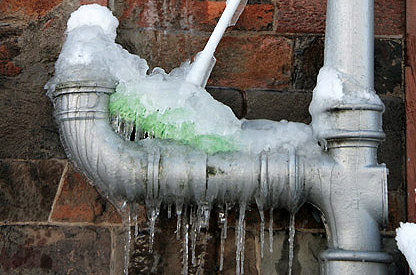Ways to Defend Pipes from Cold Weather: Specialist Advice
Click Here!Do you find yourself trying to locate content about Helpful Tips to Prevent Frozen Pipes this Winter?

Cold weather can wreak havoc on your plumbing, particularly by freezing pipelines. Right here's exactly how to stop it from happening and what to do if it does.
Introduction
As temperature levels decline, the danger of frozen pipes boosts, potentially resulting in pricey repairs and water damages. Comprehending just how to prevent icy pipes is crucial for house owners in chilly environments.
Prevention Tips
Insulating vulnerable pipes
Cover pipelines in insulation sleeves or utilize heat tape to secure them from freezing temperature levels. Focus on pipes in unheated or outside locations of the home.
Heating techniques
Keep indoor areas sufficiently heated, specifically locations with pipes. Open closet doors to enable cozy air to flow around pipes under sinks.
Just how to identify frozen pipes
Look for decreased water circulation from faucets, unusual odors or noises from pipelines, and noticeable frost on exposed pipes.
Long-Term Solutions
Architectural changes
Take into consideration rerouting pipes away from outside walls or unheated areas. Add added insulation to attics, basements, and crawl spaces.
Updating insulation
Invest in top notch insulation for pipelines, attic rooms, and wall surfaces. Proper insulation assists preserve consistent temperatures and decreases the threat of icy pipelines.
Shielding Outside Pipes
Garden hoses and outdoor faucets
Disconnect and drain garden hoses before winter months. Set up frost-proof faucets or cover outdoor faucets with insulated caps.
Understanding Frozen Pipelines
What creates pipelines to freeze?
Pipelines ice up when revealed to temperature levels below 32 ° F (0 ° C) for extended periods. As water inside the pipelines freezes, it expands, putting pressure on the pipe walls and potentially causing them to burst.
Risks and problems
Frozen pipelines can cause water supply interruptions, residential or commercial property damages, and pricey fixings. Ruptured pipelines can flooding homes and create substantial structural damage.
Indicators of Frozen Piping
Recognizing icy pipelines early can prevent them from rupturing.
What to Do If Your Pipelines Freeze
Immediate activities to take
If you believe icy pipes, maintain taps open up to soothe stress as the ice thaws. Utilize a hairdryer or towels soaked in hot water to thaw pipelines slowly.
Conclusion
Preventing icy pipes needs proactive procedures and quick actions. By understanding the causes, indications, and safety nets, homeowners can secure their plumbing during winter.
6 Proven Ways to Prevent Frozen Pipes and Protect Your Home
Disconnect and Drain Garden Hoses
Before winter arrives, start by disconnecting your garden hoses and draining any remaining water. Close the shut-off valves that supply outdoor hose bibs and leave the outdoor faucet open to allow any residual water to drain. For extra protection, consider using faucet covers throughout the colder months. It’s also important to drain water from any sprinkler supply lines following the manufacturer’s directions.
Insulate Exposed Pipes
Insulating your pipes is an effective way to prevent freezing. Pipe insulation is readily available at home improvement stores and is relatively inexpensive. Pay close attention to pipes in unheated areas such as the attic, basement, crawl spaces, or garage. Apply foam insulation generously to create a buffer against the cold. You can also wrap your pipes in heat tape or thermostat-controlled heat cables for added warmth.
Seal Air Leaks
Inspect your home for any cracks or openings that could let in cold air. Seal any holes around the piping in interior or exterior walls, as well as the sill plates where your home rests on its foundation. Additionally, make sure to keep your garage door closed unless you’re entering or exiting. Leaving it open creates a significant air leak that can lead to frozen pipes.
Allow Warm Air Circulation
During cold snaps, it’s essential to allow warm air to circulate evenly throughout your home. Leave interior doors ajar to promote better airflow. Open kitchen and bathroom cabinets to help distribute heat consistently around the rooms. If you have small children or pets, be sure to remove any household chemicals or potentially harmful cleaners from open cabinets for safety.
Let Faucets Drip
A small trickle of water can make a big difference in preventing ice formation inside your pipes. When temperatures drop significantly, start a drip of water from all faucets served by exposed pipes. This continuous flow helps prevent the water from freezing. Additionally, running a few faucets slightly can relieve pressure inside the pipes, reducing the chances of a rupture if the water inside does freeze.
https://choateshvac.com/6-proven-ways-to-prevent-frozen-pipes-and-protect-your-home/

As a keen reader on 6 Ways to Prevent Frozen Pipes, I think sharing that article was worthwhile. Do you know somebody else who is enthusiastic about Prevent Frozen Pipes ? Do not hesitate to share it. We value reading our article about How to Prevent Your Pipes From Freezing.
Click For More Information